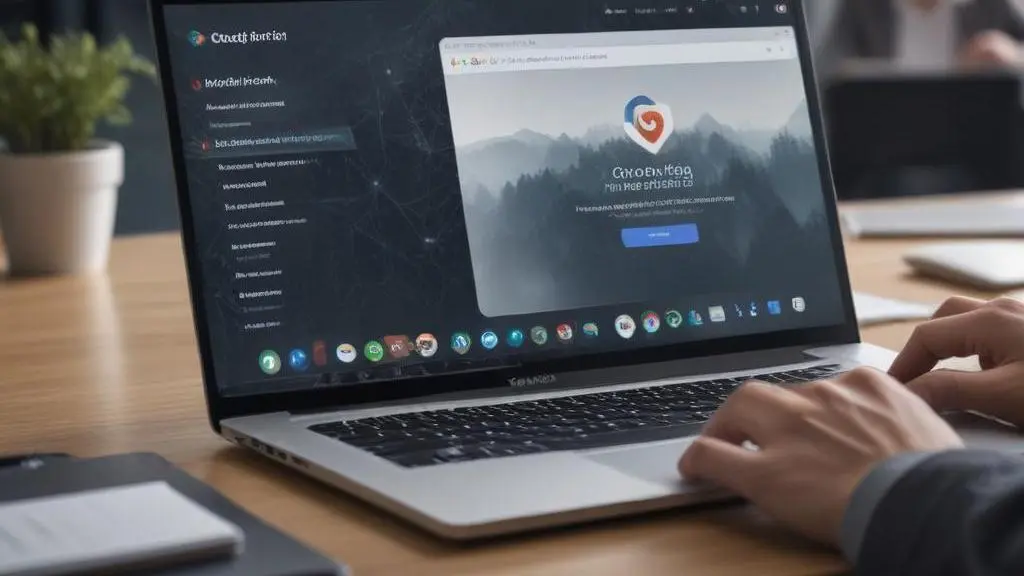DDoS attacks are a significant threat to online businesses, causing service disruptions and financial losses. Exploring the mechanisms behind these attacks and understanding effective mitigation strategies is crucial for maintaining digital security.
What is a DDoS Attack
A DDoS (Distributed Denial of Service) attack occurs when multiple compromised systems target a single system, causing a denial of service (DoS) attack. These attacks flood the targeted system with superfluous requests, overloading its resources and preventing legitimate users from accessing services.
DDoS attacks are often carried out by botnets, networks of infected computers controlled by malicious actors. Common types of DDoS attacks include:
- Volumetric attacks: Overwhelm the network with a high volume of traffic.
- Protocol attacks: Exploit vulnerabilities in network protocols.
- Application layer attacks: Target specific applications or services.
Volumetric attacks are the most common, utilizing techniques like UDP floods and ICMP floods to overwhelm network bandwidth. Protocol attacks, such as SYN floods and Ping of Death, target weaknesses in network protocols. Application layer attacks focus on exhausting the resources of specific applications, often using methods like HTTP flooding.
Botnets play a crucial role in DDoS attacks. These networks of compromised computers are controlled remotely by attackers, allowing them to launch coordinated attacks. Understanding vulnerability exploitation is key to mitigating these threats. Effective defense strategies involve continuous monitoring and rapid response mechanisms to detect and counteract DDoS attacks.
Impact of DDoS Attacks on Businesses
DDoS attacks can have severe consequences for businesses, including:
- Service disruption: Prevents customers from accessing online services. This downtime can lead to significant operational disruptions, impacting both internal and external processes.
- Financial losses: Results from lost sales and productivity. The costs associated with mitigating the attack and restoring services can be substantial.
- Reputation damage: Erodes customer trust and confidence. Businesses may face long-term effects, including reduced customer loyalty and decreased market share. Ensuring robust network security is crucial for maintaining a positive brand image.
Effective mitigation strategies are essential to minimize these impacts and ensure business continuity.
Effective Mitigation Strategies
Mitigating DDoS attacks involves a multi-layered approach:
- Network infrastructure: Implement robust network infrastructure with redundancy and scalability. A well-designed network can handle sudden traffic surges and reroute traffic to prevent service disruption. Ensuring that your infrastructure is resilient is crucial. For more insights, refer to our guide on infrastructure security strategies.
- Traffic filtering: Use firewalls and intrusion detection systems to filter malicious traffic. These tools can identify and block suspicious activity, reducing the load on your servers. Effective traffic filtering requires continuous updates and monitoring to adapt to new threats.
- Rate limiting: Control the rate of requests to prevent overload. By setting thresholds for the number of requests per second, you can prevent attackers from overwhelming your systems. This method helps ensure legitimate users have access to your services.
- Cloud-based solutions: Leverage cloud infrastructure for flexible and scalable protection. Cloud services can distribute traffic across multiple servers, absorbing the impact of an attack. They also provide on-demand scalability, which is essential for handling unpredictable traffic patterns. Learn more about cloud hosting solutions here.
Our comprehensive services, including web hosting, DNS management, cloud infrastructure configuration, and vulnerability assessment, provide robust protection against DDoS attacks. Each component plays a vital role in mitigating risks and ensuring business continuity. For a deeper understanding of vulnerability assessment, explore our vulnerability assessment guide.
Proactive Measures and Continuous Monitoring
Proactive measures and continuous monitoring are key to preventing DDoS attacks:
- Regular audits: Conduct digital security audits to identify vulnerabilities. Regular audits help in pinpointing weaknesses in the system that could be exploited. These audits should include assessments of network configurations, software updates, and user access controls. Identifying and addressing these vulnerabilities proactively can significantly reduce the risk of a DDoS attack. For a comprehensive guide on conducting these audits, refer to our vulnerability assessment guide.
- Monitoring tools: Use advanced monitoring tools to detect and respond to threats in real-time. Continuous monitoring is essential for early detection of unusual traffic patterns that could indicate a DDoS attack. These tools should be capable of analyzing traffic in real-time, providing alerts, and offering insights into potential threats. Real-time monitoring allows for quicker response times, enabling organizations to mitigate attacks before they escalate. Implementing these tools requires a deep understanding of network behaviors and threat signatures.
- Managed services: Our managed cloud services ensure continuous protection and quick response to threats. Managed services provide an additional layer of security by offering continuous oversight and immediate response capabilities. These services include regular updates, patch management, and 24/7 monitoring to ensure that any potential threats are identified and addressed promptly. By leveraging managed services, organizations can benefit from expert knowledge and advanced technologies without the need for extensive in-house resources. For more information on how we can help protect your business, contact us today.
Final words
DDoS attacks pose a significant threat to online businesses, but with the right strategies and tools, you can mitigate their impact. By understanding the mechanisms behind these attacks and implementing comprehensive protection measures, you can safeguard your digital assets and ensure business continuity. Our expert services offer a cost-effective solution to enhance your digital security and protect against online threats.











Leave a Reply